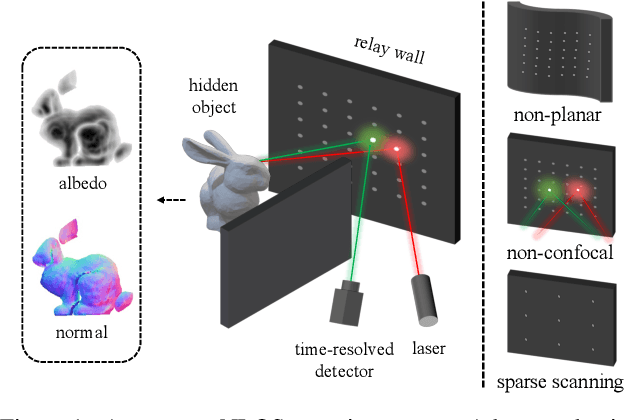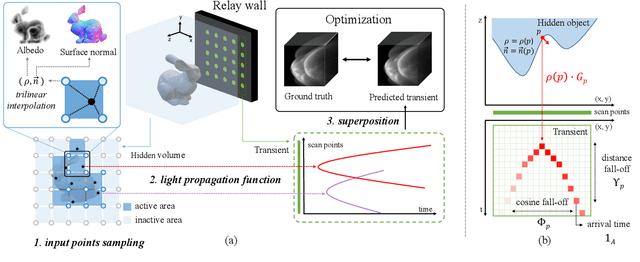Daekyu Kwon
CLIP-Guided Attribute Aware Pretraining for Generalizable Image Quality Assessment
Jun 03, 2024Abstract:In no-reference image quality assessment (NR-IQA), the challenge of limited dataset sizes hampers the development of robust and generalizable models. Conventional methods address this issue by utilizing large datasets to extract rich representations for IQA. Also, some approaches propose vision language models (VLM) based IQA, but the domain gap between generic VLM and IQA constrains their scalability. In this work, we propose a novel pretraining framework that constructs a generalizable representation for IQA by selectively extracting quality-related knowledge from VLM and leveraging the scalability of large datasets. Specifically, we carefully select optimal text prompts for five representative image quality attributes and use VLM to generate pseudo-labels. Numerous attribute-aware pseudo-labels can be generated with large image datasets, allowing our IQA model to learn rich representations about image quality. Our approach achieves state-of-the-art performance on multiple IQA datasets and exhibits remarkable generalization capabilities. Leveraging these strengths, we propose several applications, such as evaluating image generation models and training image enhancement models, demonstrating our model's real-world applicability. We will make the code available for access.
Domain Reduction Strategy for Non Line of Sight Imaging
Aug 20, 2023



Abstract:This paper presents a novel optimization-based method for non-line-of-sight (NLOS) imaging that aims to reconstruct hidden scenes under various setups. Our method is built upon the observation that photons returning from each point in hidden volumes can be independently computed if the interactions between hidden surfaces are trivially ignored. We model the generalized light propagation function to accurately represent the transients as a linear combination of these functions. Moreover, our proposed method includes a domain reduction procedure to exclude empty areas of the hidden volumes from the set of propagation functions, thereby improving computational efficiency of the optimization. We demonstrate the effectiveness of the method in various NLOS scenarios, including non-planar relay wall, sparse scanning patterns, confocal and non-confocal, and surface geometry reconstruction. Experiments conducted on both synthetic and real-world data clearly support the superiority and the efficiency of the proposed method in general NLOS scenarios.
 Add to Chrome
Add to Chrome Add to Firefox
Add to Firefox Add to Edge
Add to Edge